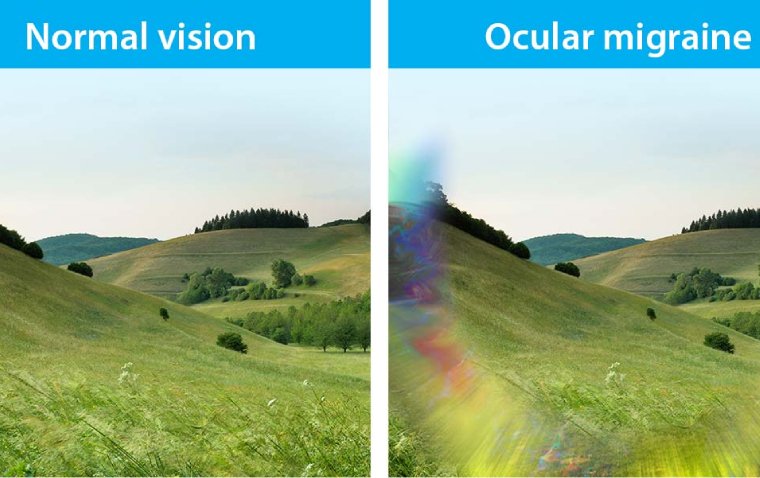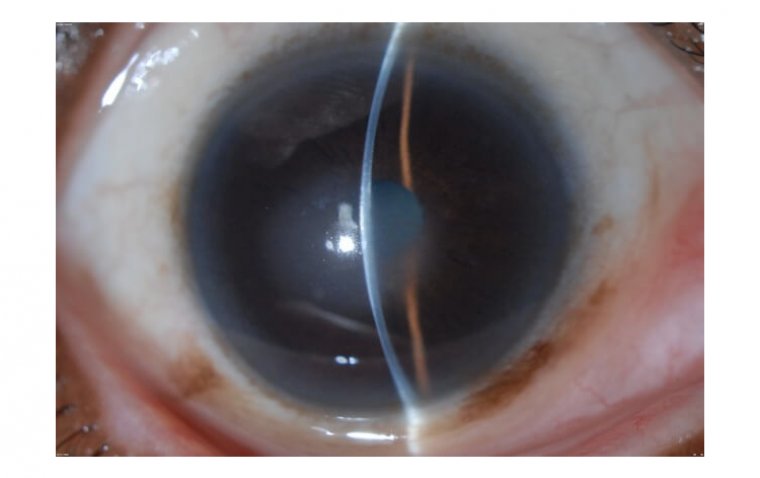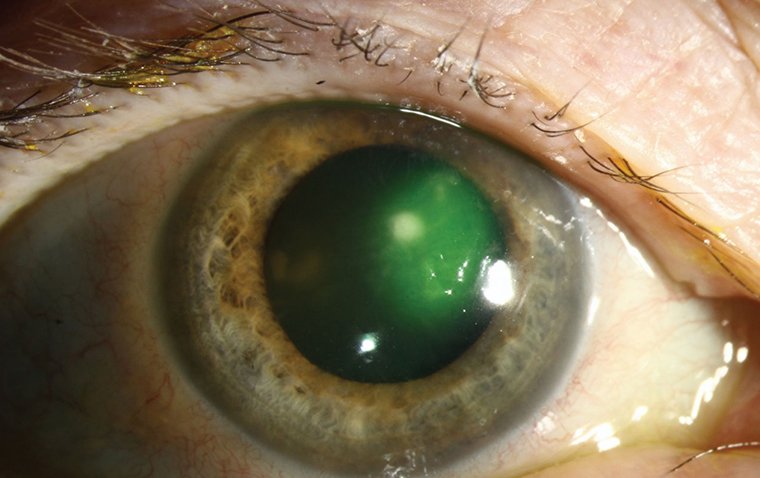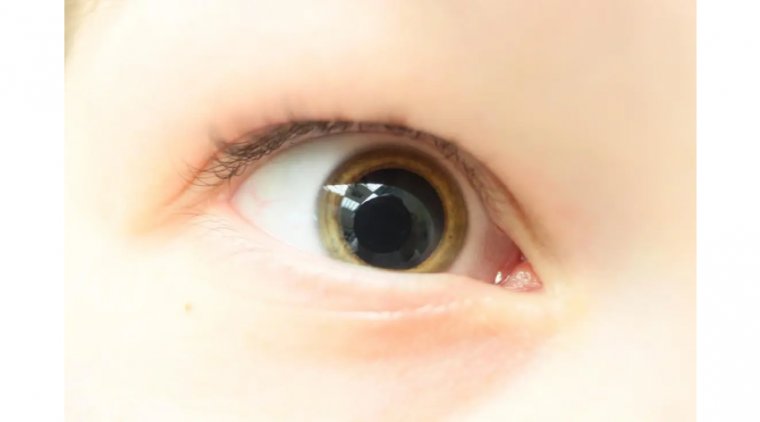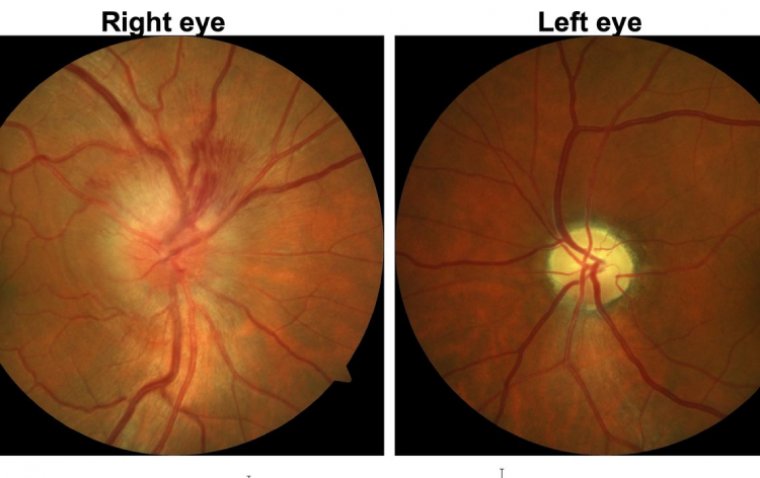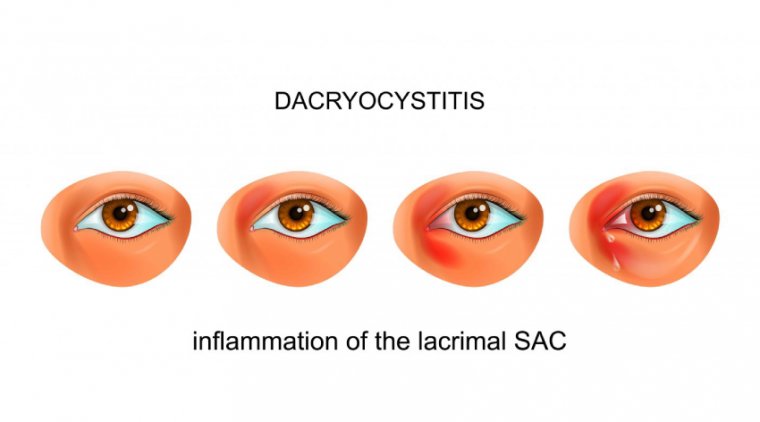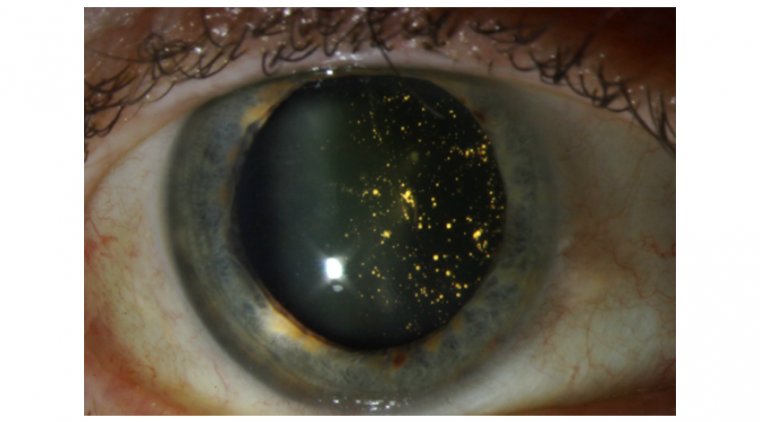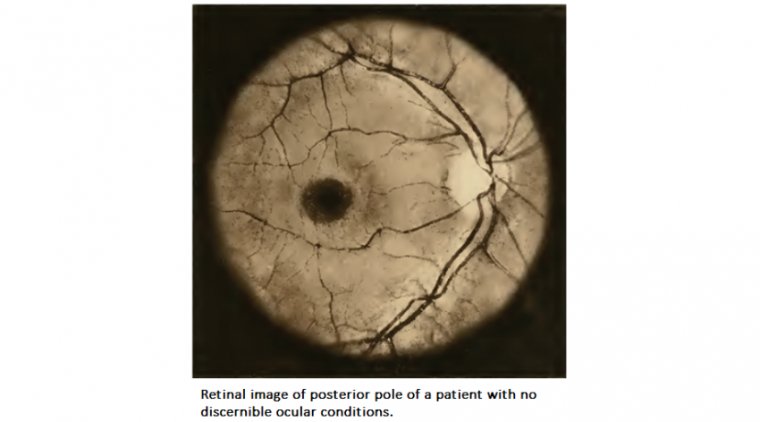
Exploring the Power of Telemedicine in Ophthalmology
Overview of Telemedicine in Ophthalmology
The medical industry is undergoing radical change as we enter the digital age. One such change is the advent of telemedicine - a powerful tool enabling healthcare providers to connect with patients remotely. Ophthalmology, the branch of medicine dedicated to eye care, is no exception. This article aims to shed light on the fascinating world of tele-ophthalmology, discussing its advantages, applications, potential limitations, and key considerations for successful implementation.
1. Decoding Telemedicine in Eye Care
In essence, tele-ophthalmology is the use of telemedicine in the field of ophthalmology. It involves the utilization of digital technologies to provide eye care services remotely, such as consultation, diagnosis, monitoring, and even certain types of treatment. Tele-ophthalmology leverages various technologies, including video conferencing, digital imaging, and electronic health records.
2. The Evolution of Teleophthalmology
Tracing back to its origins, tele-ophthalmology has its roots in the late 20th century when technological advancements started to pave the way for remote healthcare. Over the years, this field has witnessed significant growth and evolution, buoyed by the continuous development in information and communication technologies.
3. Balancing the Pros and Cons
Tele-ophthalmology brings numerous advantages to the table. It offers increased accessibility to eye care services, particularly for patients in remote areas, improves patient convenience, reduces travel times and costs, and enhances the efficiency of ophthalmologists. However, like any other technological solution, tele-ophthalmology isn't without potential limitations. These may include technical issues, the need for initial physical examinations for certain conditions, potential reduction in the 'human touch' in patient care, and concerns about patient privacy and data security.
Applications of Telemedicine in Ophthalmology
As the digital tendrils of telemedicine continue to weave their way into ophthalmology, a multitude of practical applications have emerged. From remote consultations to emergency care, teleophthalmology has opened up new avenues for delivering comprehensive eye care.
● Remote Consultations and Second Opinions
Teleophthalmology enables eye care specialists to provide remote consultations, offering patients the comfort of accessing medical advice from the convenience of their homes. In addition, patients seeking a second opinion on their eye conditions can benefit from remote consultations, increasing their access to specialist expertise.
● Screening and Early Detection via Teletriage
Eye conditions often have better outcomes when detected early. Teleophthalmology provides an effective platform for teletriage, enabling preliminary screening and early detection of potential eye diseases. This is particularly valuable in remote areas where access to an ophthalmologist may be limited.
● Monitoring and Management of Chronic Eye Diseases
Chronic eye conditions, such as glaucoma and diabetic retinopathy, require ongoing management and monitoring. Telemonitoring, a component of teleophthalmology, allows for continuous remote monitoring of these conditions, leading to more effective disease management.
● Telemedicine in Emergency Eye Care Situations
In emergency situations, teleophthalmology can be a game-changer. It can provide immediate access to specialist advice and direction, which can be crucial in managing acute eye conditions and preventing further damage or vision loss.
● Patient Education and Follow-up Care
Telemedicine isn't limited to diagnosis and treatment. It also plays a vital role in patient education, providing resources and guidance on eye health. In addition, teleophthalmology facilitates seamless follow-up care, ensuring continuity and comprehensiveness in the patient's eye care journey.
Benefits and Impact of Telemedicine in Ophthalmology
The incorporation of telemedicine into ophthalmology represents more than just a technological advancement; it symbolizes an evolution in the way eye care is delivered. With numerous benefits and far-reaching impacts, teleophthalmology is paving the way for a more accessible, efficient, and patient-friendly approach to eye care.
1. Improved Access to Eye Care: One of the most significant benefits of teleophthalmology is the improved access to eye care, particularly in underserved and remote areas. The digital reach of telemedicine overcomes geographic barriers, making specialist advice and care available to a larger population.
2. Enhanced Convenience for Patients: Teleophthalmology offers enhanced convenience, reducing the need for travel and the associated time and costs. It also minimizes wait times, offering prompt access to medical care. This is particularly beneficial for elderly patients or those with mobility issues.
3. Optimal Utilization of Resources: Teleophthalmology allows for optimal utilization of an ophthalmologist's expertise and resources. It enables eye care professionals to cater to more patients in a shorter span of time, thus enhancing their productivity and efficiency.
4. Timely Diagnosis and Intervention: With immediate access to care, teleophthalmology aids in the timely diagnosis and intervention of eye conditions. Early detection and treatment can significantly improve patient outcomes, especially for conditions like glaucoma or macular degeneration, which can lead to irreversible vision loss if left untreated.
5. Potential Cost Savings: By reducing the need for travel and associated expenses, minimizing hospital visits, and streamlining care delivery, teleophthalmology has the potential to offer significant cost savings for both patients and healthcare systems.
Addressing Concerns and Future Directions
While teleophthalmology holds significant promise for revolutionizing eye care delivery, it is crucial to acknowledge and address the accompanying challenges and concerns. Furthermore, we must also contemplate future directions to ensure the evolution and sustainability of teleophthalmology.
● Privacy Concerns and Safeguarding Patient Data
As teleophthalmology leverages digital platforms to deliver care, concerns around patient privacy and data security emerge. It is vital to establish robust security measures, adhering to all relevant laws and regulations, to ensure the confidentiality and integrity of patient data.
● Overcoming Barriers to Adoption
There may be challenges in adopting teleophthalmology, including technological constraints, lack of digital literacy, and resistance to change. To overcome these hurdles, we need targeted strategies, including infrastructure development, digital skills training, and fostering an open culture that embraces change.
● Potential Limitations
Despite its many benefits, teleophthalmology has certain limitations. For instance, some eye examinations require physical presence and sophisticated equipment. Also, the lack of personal interaction might be challenging for some patients. Acknowledging these limitations is essential to improve teleophthalmology practices and enhance patient experience.
● Future Advancements and Innovations
The future of teleophthalmology is ripe with opportunities for advancements and innovations. From artificial intelligence (AI) powered diagnostics to virtual reality-based visual field testing, a myriad of possibilities awaits exploration.
● Collaborative Models and Partnerships
The future of teleophthalmology lies not only in technology but also in partnerships. Collaborative models involving ophthalmologists, optometrists, primary care physicians, and technologists can enable a more holistic and coordinated approach to eye care.
To Conclude…
Teleophthalmology stands as a shining testament to the profound impact of technology on healthcare. As we navigate through this exciting realm, we bear witness to how teleophthalmology is redefining patient experiences, enhancing the efficiency of eye care professionals, and promoting improved accessibility to quality eye care, especially in underserved regions.
However, the journey doesn't stop here. As with all technological advances, teleophthalmology brings with it new challenges and concerns, notably in areas such as patient privacy and the digital divide. Addressing these concerns head-on, alongside exploring innovative future directions, is crucial for the sustainable and responsible evolution of teleophthalmology.
The canvas of teleophthalmology is vast and still unfolding, ripe with opportunities for exploration and innovation. As ophthalmologists, technologists, and patients continue to embrace this digital revolution, the horizon of eye care will continue to expand, further enhancing the quality of care and enriching patient experiences.
The future of ophthalmology is here, and it's digital. As we continue to journey through this remarkable evolution, one thing is clear: the possibilities are as limitless as our vision allows. And with teleophthalmology in our toolkit, that vision just got a whole lot broader.
(1).jpg)
